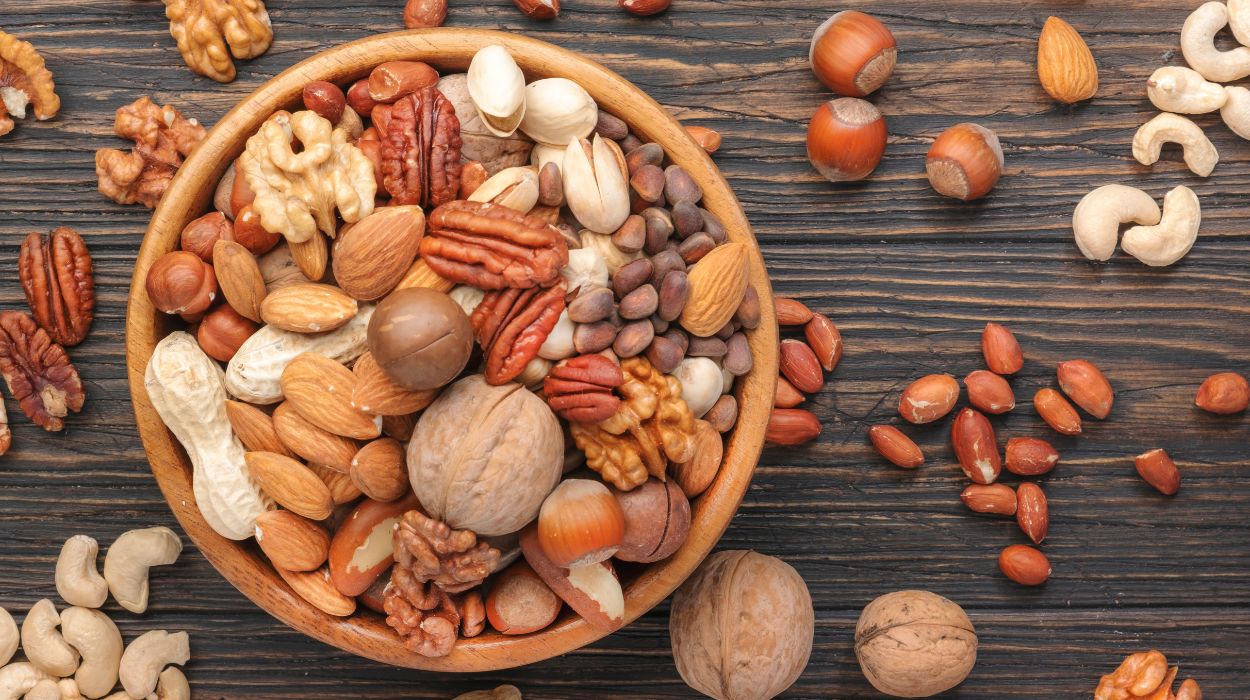PREP YOUR PRODUCE TO REMOVE PESTICIDE RESIDUES AND BACTERIA
What kinds of toxic pesticide residues or nasty bacteria are on the fruits and veggies you buy at the grocery store? Unless you have a testing lab in your kitchen, you’ll likely never know exactly. But, they are indeed there and you don’t want you or your kids to eat them.
So how do you protect your kids from pesticide residues and bacteria? The US Food and Drug Administration (FDA) says that all fruits and vegetables, including those that are organically grown, could benefit from a thorough washing to remove soil, surface microbes, and pesticide residues.
Keep in mind that while washing produce will reduce pesticide levels, it will not completely remove them. Some fruits and vegetables may have their residues sealed under a coating of wax. Others have soft or waxy skins that help chemicals stick to their surfaces. There’s also the issue of systemic pesticides; these are chemicals designed to be absorbed by plants to kill any bugs that eat them. Washing will not remove them.
Here are some quick tips:
1. Look for produce that’s not bruised or dented. These blemishes are pathways for pathogens.
2. Wash your produce right when you bring it home. It’s easiest and most efficient to wash everything at the same time. Store produce away from other foods like meat or fish that could contaminate them with microbes.
3. Skip the soap. The FDA advises skipping soap since fruits and veggies are porous and can absorb soaps or detergents. Most experts agree that a quick water rinse works just fine. If you’re more comfortable going the extra mile, use a non-toxic wash. Or, make your own by filling a spray bottle with 1 Tbsp lemon juice or white vinegar for every 2 cups of warm water. (Vinegar washes are not ideal for soft skinned produce like peaches or apricots). Spray, scrub (or rub briskly), and rinse.
4. Use a scrubber for produce with firmer skin, like carrots, potatoes and squash.
5. Wash foods with inedible peels. Even though you don’t eat the rind, it comes in contact with your cutting board and knife, which will touch the fruit that you will eat. And, don’t assume that pre-cut fruit is any safer. Who knows where employees’ hands have been?
6. Consider tossing the outer leaves of leafy greens, such as lettuce and cabbage before washing. And, even if you purchase greens that say “pre-washed” or “triple-washed,” it doesn’t mean it’s free of pathogens. Wash it again for good measure.
7. If you’re on the go, you can wash your produce in a public sink.
+ Sources
Health Canal avoids using tertiary references. We have strict sourcing guidelines and rely on peer-reviewed studies, academic researches from medical associations and institutions. To ensure the accuracy of articles in Health Canal, you can read more about the editorial process here


